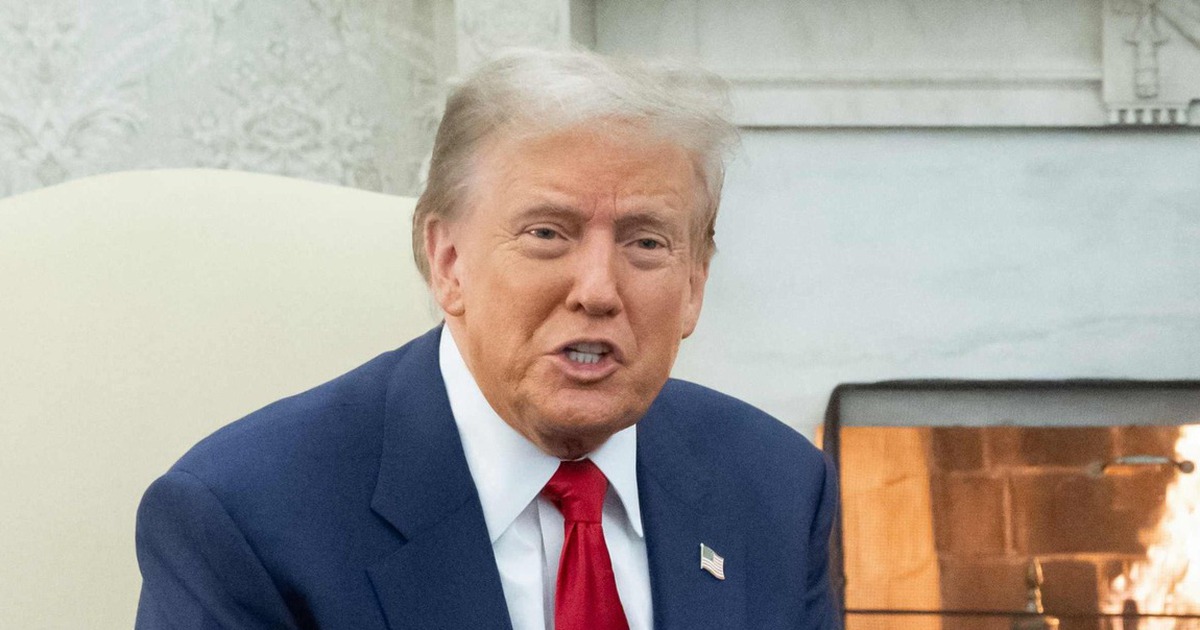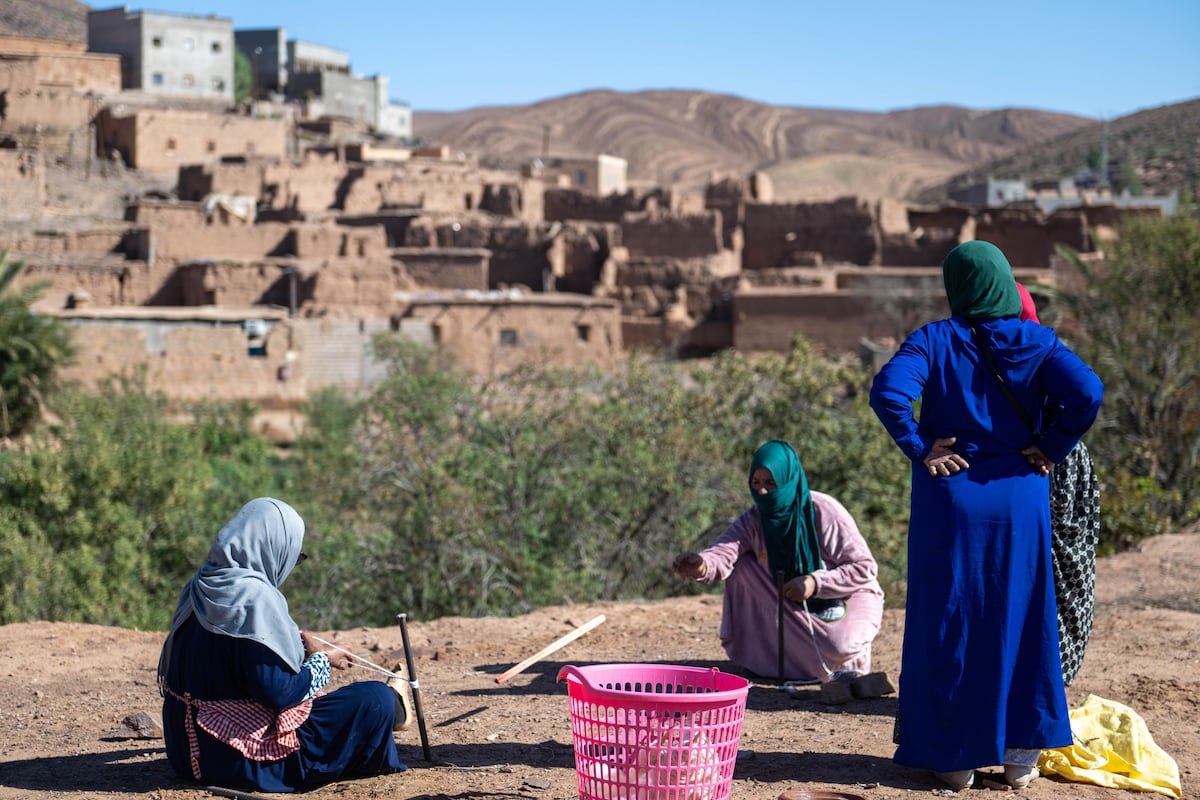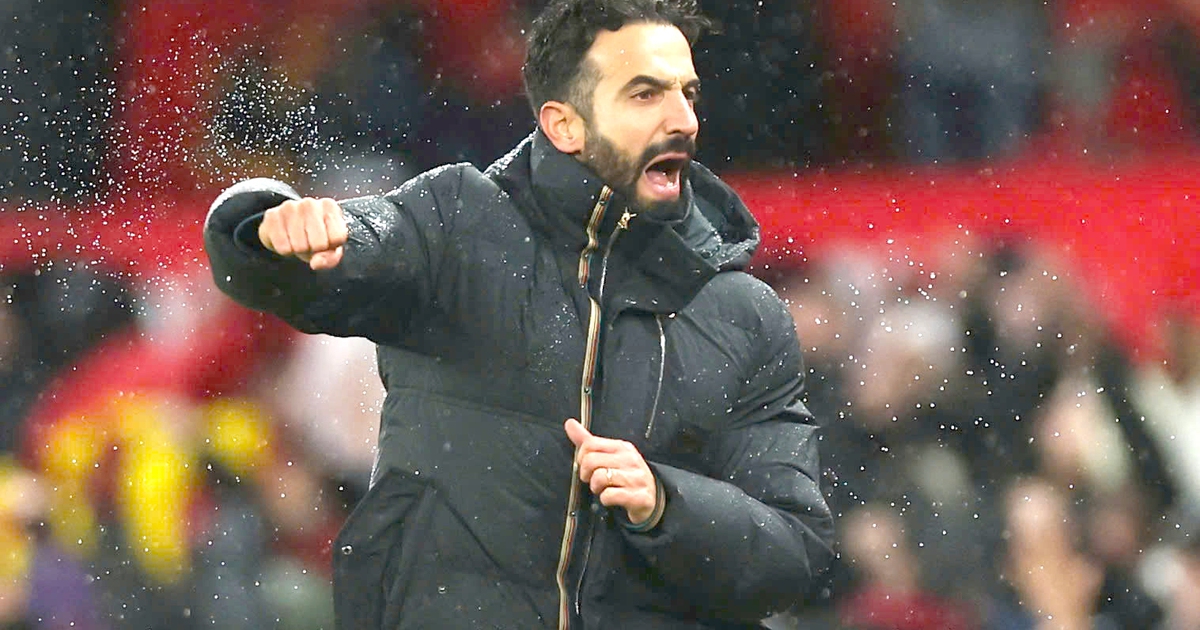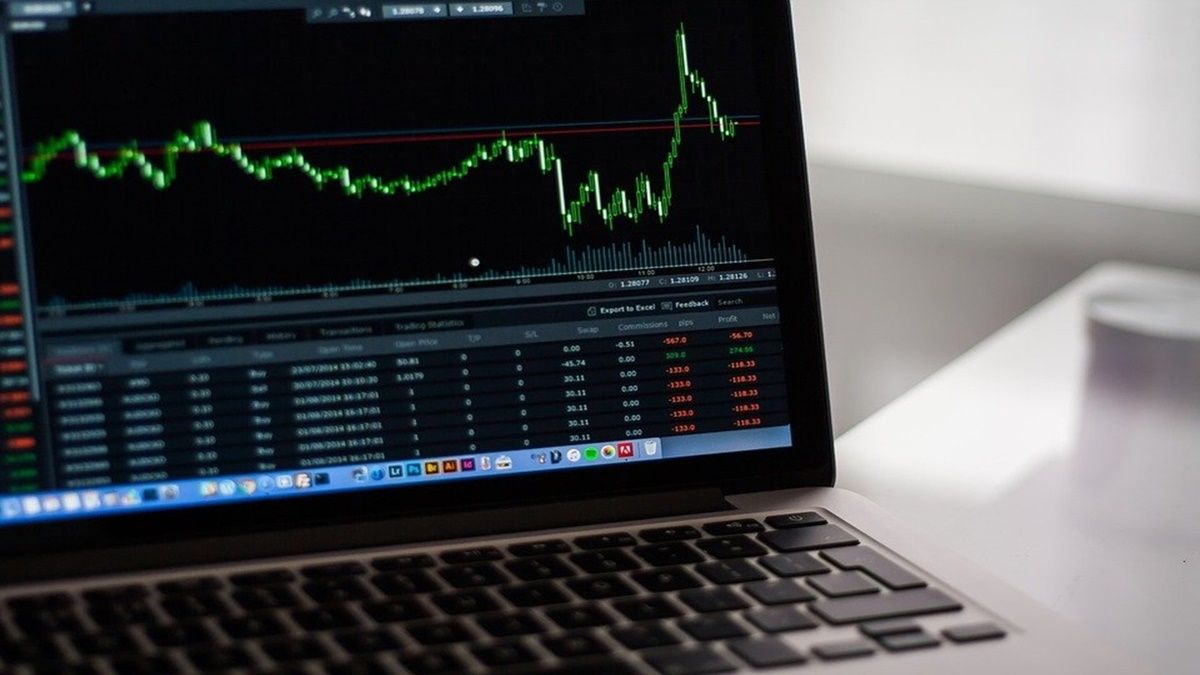The ceasefire agreement between Israel and Lebanon that came into force in the early hours of this Wednesday gives relief to an exhausted Lebanese population and prevents the country from becoming a new Gaza, but leaves a series of loose ends that run down the road. risk of turning it into a rest from war rather than a lasting peace. The main one is, precisely, that it will be based on a letter of guarantees from the United States to Israel that it will be able to bomb Lebanon not only in retaliation for attacks, but when it considers that Hezbollah is failing to comply. It will do so “with force” in the face of minimal compliance, as Israeli Prime Minister Benjamin Netanyahu made clear this Tuesday when announcing it.
It is the main point that has convinced the undecided in Israel, for fear of reproducing the situation that followed the previous war, in 2006: Hezbollah notably increased its strength, arsenal and presence south of the Litani River (about 30 kilometers from the border), despite the fact that the UN resolution that ended the war (and is still in force) prohibited it since 10,000 blue helmets monitored its compliance. The mandate of the United Nations mission was to communicate the violations to the Lebanese army, which did nothing to prevent it, given the risk of generating a civil war.
Israel’s self-granted right to bomb Lebanon effectively empties resolution 1701, which prohibits it, of its content. Also the violations of Lebanese airspace that Israel has been carrying out for years and about which the agreement says nothing. In the text of the pact, which the Lebanese newspaper reveals L’Orient Le Jour,Potential Israeli attacks are protected by the fluid “right to self-defense”, with the approval of Washington, with Donald Trump as president in less than two months.
The next US ambassador to Israel, Mike Huckabee (who denies the occupation of the Palestinian territories and calls the Jewish settlements in East Jerusalem and the West Bank “neighborhoods and localities”), assured this Tuesday that Netanyahu is “being very clever by retaining the right to resume combat if Hezbollah breaks the truce.” What the latter consists of will actually be determined by Israel itself, in consultation with Washington and whether it considers that the Lebanese Armed Forces have not acted.
An example will be the famous “reorganization” south of the Litani River of Hezbollah, an organization with political (with deputies in Parliament), military, educational, religious and charitable branches. And with notable popularity among the Shiites of the area, who perceive it as the only force that deters Israel from invading the country, something that the Armed Forces neither want nor can do (they even lack an Air Force).
Israel has warned that it will prevent Hezbollah from rebuilding south of the Litani, taking advantage of the return of civilians to homes that Israeli troops have not destroyed in their path. But just this Tuesday, one of Hezbollah’s deputies, Hasan Fadlallah, assured in an interview with the Reuters agency that “the resistance that was fighting on the battlefield” will dedicate itself after the war to helping the displaced (more than a million, hundreds of thousands of them in Syria) to return to their villages and rebuild the areas destroyed by Israeli attacks.
“Without the participation of Hezbollah and its willingness to adhere to the provisions of the agreement, it will be completely meaningless,” the newspaper’s commentator wrote on Tuesday. Haaretz Zvi Barel. “Under this agreement, Hezbollah will not be disarmed. Its weapons, its thousands of long- and short-range missiles, its arsenal of drones, its advanced ballistic technology and its entire military infrastructure will continue to exist. If the agreement is fully implemented, the organization will move further away from Israel, north of the Litani River. But it will not disappear,” he added.
The Lebanese Government, the same one that has an interim prime minister and has been without a president for two years, will be in charge of supervising the sale, delivery and production of weapons, as well as dismantling all unauthorized facilities linked to the production of weapons and linked material, according to the agreement.And the United States, Israel’s main ally, will chair the committee overseeing implementation, risking accusations of bias.
The pact grants another mission to Washington: “it will strengthen indirect negotiations between Israel and Lebanon to achieve an internationally recognized land border.” This is exactly what the Government of Beirut has been demanding for years, demanding that Israel agree to negotiate the disputes they maintain over the line of withdrawal in 2000 certified by the United Nations. The idea also appeared unsuccessfully in the 2006 resolution and Israel, in a position of strength and – as Netanyahu has pointed out – now concerned about showing muscle to Iran, Hezbollah’s patron, will not have many reasons to open that melon.
Israel did agree in 2022 – negotiated, like this ceasefire, by the White House envoy, Amos Hochstein – to a delimitation of the maritime borders for gas exploitation that left most of the fields on the southern side and few on the Lebanese side. So much so that Netanyahu (then on a brief hiatus in the opposition) initially promised to denounce the deal if he returned to power and has not done so.
It is not the only issue that may remain frozen when the diplomatic focus shifts away from Lebanon and Western foreign ministries concentrate on more urgent crises. Another is the reconstruction of a ruined country, in which it is estimated that bombings have destroyed or damaged 100,000 housing units. The Israeli army has also left 37 villages in southern Lebanon in rubble, emulating the Gaza model in its advance. On the 14th, the World Bank estimated the losses that the 13 months of conflict have meant for the country at 8.5 billion dollars (8.12 billion euros), especially the last two of high intensity. A total of 166,000 people have lost their jobs and the GDP will contract by 6.6% this year, leaving a loss of 34% in the five years of economic crisis.









